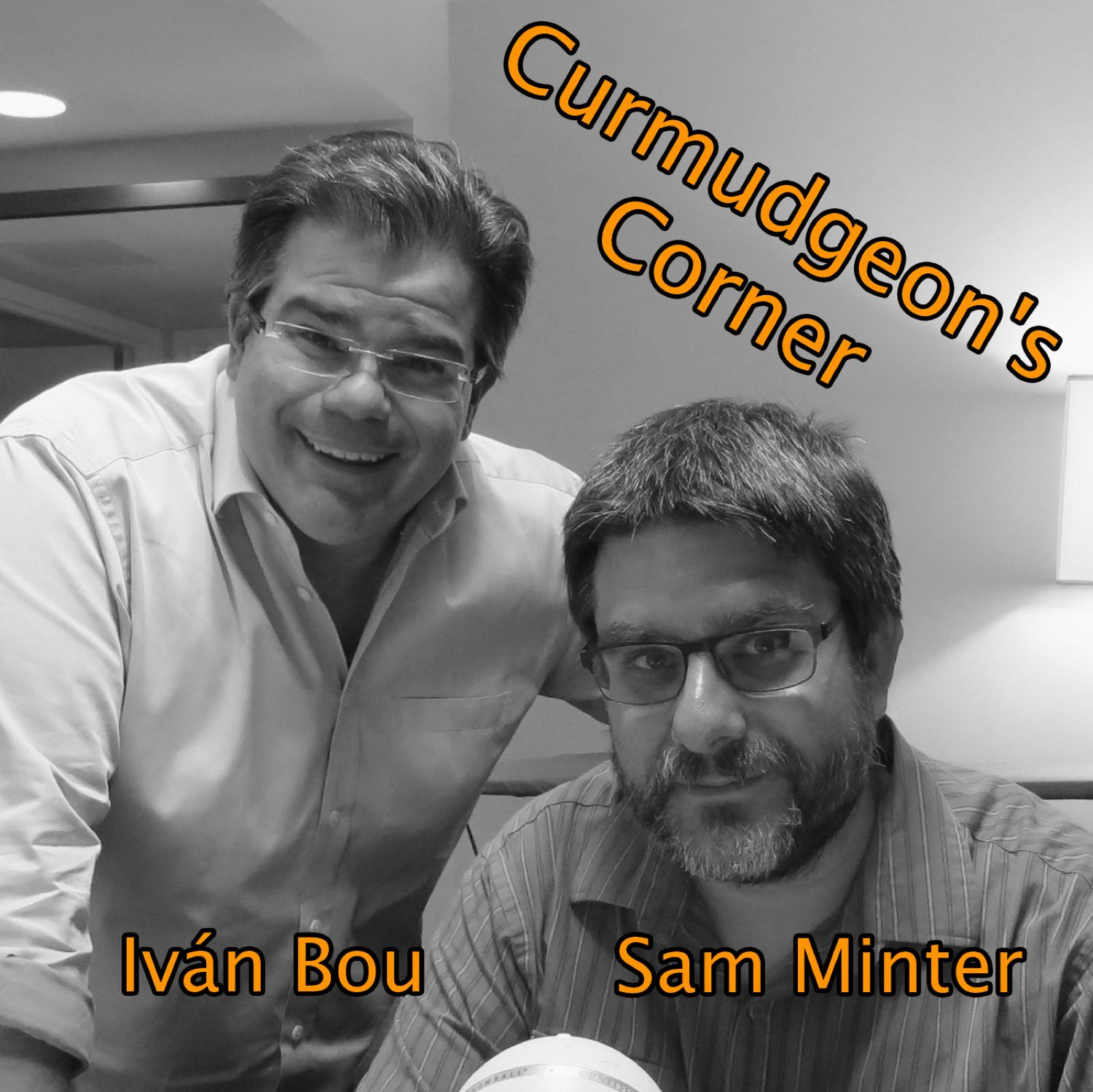Episode 2794
George E. Mylonas
Sat, 2024-Dec-28 00:30 UTC
Length - 3:55
Direct Link
Welcome to Featured Wiki of the Day, your daily dose of knowledge from Wikipedia’s finest articles.
The featured article for Saturday, 28 December 2024 is George E. Mylonas.
George Emmanuel Mylonas (Greek: Γεώργιος Μυλωνάς, romanized: Georgios Mylonas, Greek pronunciation: [/ʝe'oɾʝios myːlo'nas/], ye-OR-yios mee-loh-NAS; December 21, [O. S. December 9] 1898 – April 15, 1988) was a Greek archaeologist of ancient Greece and of Aegean prehistory. He excavated widely, particularly at Olynthus, Eleusis and Mycenae, where he made the first archaeological study and publication of Grave Circle B, the earliest known monumentalized burials at the site.
Mylonas was born in Smyrna, then part of the Ottoman Empire, and received an elite education. He enrolled in 1919 at the University of Athens to study classics, joined the Greek Army, and fought in the Greco-Turkish War of 1919–1922. He witnessed the destruction of Smyrna in September 1922, and was subsequently taken prisoner; he was recaptured after a brief escape, but was released in 1923 after bribing his captors with money sent by his American contacts.
In 1924, Mylonas began working for the American School of Classical Studies at Athens, with which he retained a lifelong association. He became its first bursar the following year, and took part in excavations at Corinth, Nemea and Olynthus under its auspices. After receiving his Ph. D. from the University of Athens in 1927, he moved to Johns Hopkins University in the United States to study under David Moore Robinson, his excavation director from Olynthus. He subsequently taught at the University of Chicago. After a brief return to Greece, during which he taught at a gymnasium and made his first excavations at Eleusis, he was hired by the University of Illinois at Urbana-Champaign in 1931, before moving to Washington University in St. Louis in 1933, where he remained until returning permanently to Greece in 1969. There, he was prominent in the Archaeological Society of Athens and in efforts to conserve the monuments of the Acropolis of Athens.
Mylonas's excavation work included the sites of Pylos, Artemision, Mekyberna, Polystylos and Aspropotamos. Along with John Papadimitriou, he was given responsibility for the excavation of Mycenae's Grave Circle B in the early 1950s, and from 1957 until 1985 excavated on the citadel of the site. His excavations helped to establish the chronological relationships between Mycenae's structures, which had been excavated piecemeal over the preceding century, and to determine the religious function of the site's Cult Center, to which he gave its name. He was awarded the Order of George I, the Royal Order of the Phoenix and the Gold Medal of the Archaeological Institute of America, of which he was the first foreign-born president. His work at Mycenae has been credited with bringing coherence to the previously scattered and sporadically published record of excavation at the site. At the same time, his belief that ancient Greek mythical traditions, particularly concerning the Trojan War and the Eleusinian Mysteries, could be verified by archaeological excavation was controversial in his day and has generally been discredited since.
This recording reflects the Wikipedia text as of 00:30 UTC on Saturday, 28 December 2024.
For the full current version of the article, see George E. Mylonas on Wikipedia.
This podcast uses content from Wikipedia under the Creative Commons Attribution-ShareAlike License.
Visit our archives at wikioftheday.com and subscribe to stay updated on new episodes.
Follow us on Mastodon at @wikioftheday@masto.ai.
Also check out Curmudgeon's Corner, a current events podcast.
Until next time, I'm neural Ruth.
|
|


